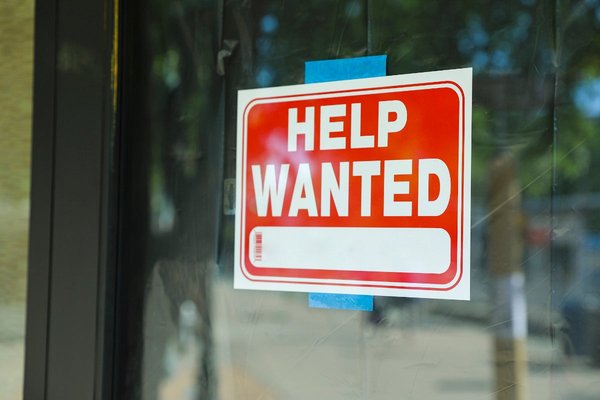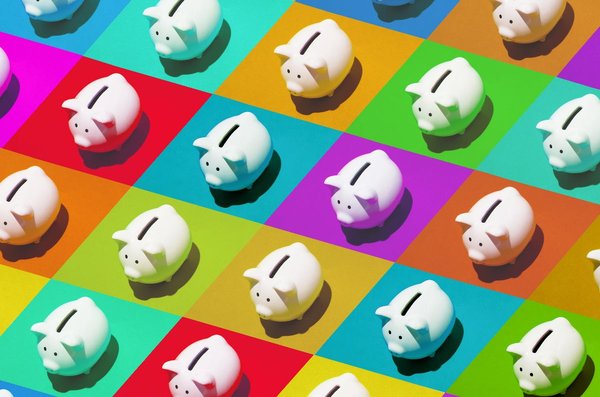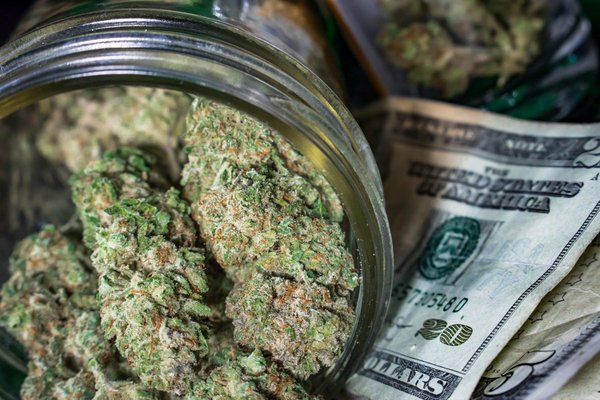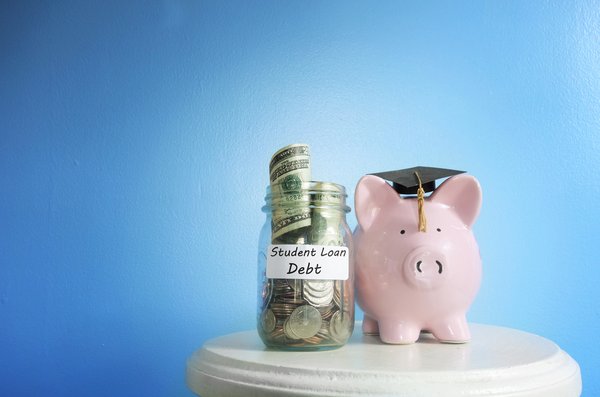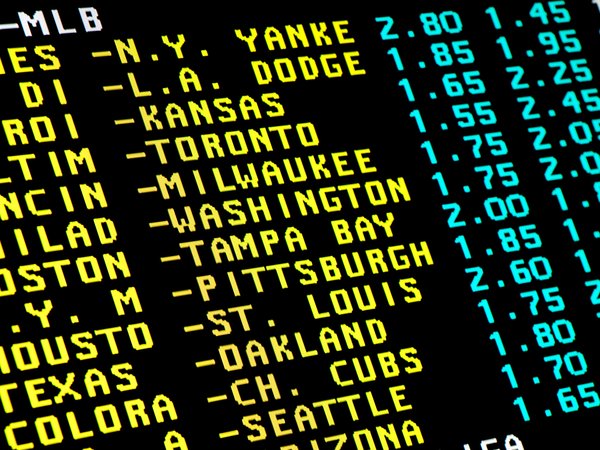Inflation persists in mid-2022 despite the Federal Reserve beginning to raise interest rates. Many are wondering whether the United States will enter into a recession in the near future -- and what that might mean for their investments and stock market strategy.
To better understand how the market has done during previous recessions and how it has recovered after, we looked at how the S&P 500 and NASDAQ performed during every recession since 1980.
Unsurprisingly, stocks suffered during recent recessions. But they always recovered and surpassed their pre-recession levels.
While the United States is not in a recession at the time of this writing, some fear the economy is on the precipice of one. Investors should keep in mind that they're playing a long-term game. Stocks have recovered from every previous recession, even if it has taken multiple years. Holding through downturns is hard, but has always been a winning strategy.
Key findings
- History is on the investors' side: The S&P 500 and NASDAQ have recovered to pre-recession levels following every recession.
- Days to recovery: Since 2000, the S&P 500 has taken an average of 647 trading days after the United States exited a recession to reach pre-recession levels. The NASDAQ has taken 330 trading days, on average. There are around 253 trading days per year.
- Total declines in value: Since 2000, the S&P 500 fell an average of 18.58% over the entire course of a recession, while the NASDAQ fell 14.48%.
- Steep peak to trough: Since 2000, the S&P 500 fell an average of 38.61% from its highest level during a recession, while the NASDAQ fell 41.17%.
Stock performance during the COVID-19 recession
Over the course of the COVID-19 recession, which lasted from February to April 2020, the S&P 500 fell 9.99% and the NASDAQ fell 3.28%. Lockdowns, panic buying, and supply chain disruptions around the world brought on the recession and bear market.
During the recession, the S&P 500 fell 33.92% from its highest point during the recession. The NASDAQ fell 30.25% from its recession peak.
It took the S&P 500 126 trading days after the end of the recession to recover to its pre-recession level. It took the NASDAQ 76 days.
The stock market then went on a record-breaking run until early 2022.
Stock performance during the Great Recession
The S&P 500 fell 37.56% over the course of the Great Recession (December 2007 to June 2009) and the NASDAQ fell 30.95%.
During the recession, the S&P 500 fell 55.47% from its highest point within the period. The NASDAQ fell 53.43% from its peak.
The Great Recession had a more significant, long-term impact on the stock market than the COVID-19 recession. It took the S&P 500 895 trading days after the end of the recession to recover to its pre-recession level. It took the NASDAQ 373 days.
Stock performance during the early 2000s recession
During the early 2000s recession (March to November 2001), the S&P 500 fell 8.2% and the NASDAQ fell 9.2%. During the recession, the S&P 500 fell 26.43% from its highest point. The NASDAQ fell 39.82% from its peak.
The early 2000s recession occurred during the dot-com crash and further strained the already battered NASDAQ. The dot-com crash saw the NASDAQ lose 78% of its peak value from March 2000 to November 2002. The 18 months prior to the dot-com crash saw the NASDAQ triple as investors dumped money into companies that had even the loosest connection to the internet.
It took the S&P 500 920 trading days after the end of the recession to recover to its pre-recession level.
The NASDAQ took 540 trading days to recover to its pre-recession level, but the NASDAQ didn't fully recover from the dot-com crash until 2015.
Stock performance during the early 1990s recession
The early 1990s recession (July 1990 to March 1991), didn't have an overall negative impact on stocks. The S&P 500 gained 4.36% over the course of the recession. The NASDAQ gained 4.38%.
However, during the recession, the S&P 500 fell 21.57% from its highest point. The NASDAQ fell 32.53% from its peak.
The recession was relatively mild. Tight monetary policy laid the foundation, while a spike in oil prices following Iraq's invasion of Kuwait tipped the economy into a recession.
Stock performance during the 1981–1982 recession
Over the course of the 1981–1982 recession (July 1981 to November 1982), the S&P 500 gained 6.76%. The NASDAQ gained 8.24%.
During the recession, the S&P 500 fell 28.39% from its highest point. The NASDAQ fell 31.59% from its peak.
Tight monetary policy meant to tame inflation created the conditions for the recession.
Stock performance during the 1980 recession
From January through July 1980, the United States was in a recession. The S&P 500 gained 15.04% over the course of the recession. The NASDAQ gained 15.95%.
During the recession, the S&P 500 fell 19.83% from its highest point. The NASDAQ fell 27.99% from its peak.
The aftermath of the energy crisis and tight monetary policy are considered leading causes of the recession.
How to invest during a recession
As of June 2022, the United States isn't in a recession. We are, however, in a bear market, meaning a market index has fallen at least 20% from recent highs.
"Going back to the 1940s, investor and prolific writer Ben Carlson shows that in bear markets, stocks fall a further 13% after they cross the 20% loss from recent highs. And it takes 131 days, on average, to bottom out from that -20% mark," says Andy Cross, Chief Investment Officer at The Motley Fool.
"So we still need to be ready for continued volatility and potential market dips."
Cross continues, "Importantly, this is a time to stay vigilant and committed to your long-term investing strategy. Own a diversified group of 25 or more Fool recommendations. Think about your cash management strategy. Focus on the next five years. Because the best time to be investing in the brightest, high-quality, proven businesses is when the investing climate seems the darkest."
The Motley Fool has a disclosure policy.












